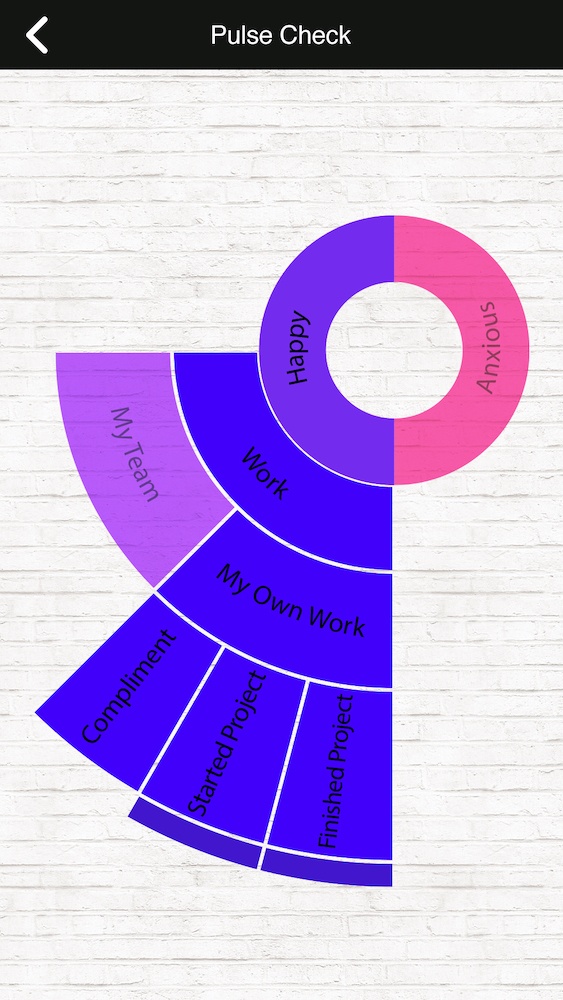

Thanks to Will Stuart-Jones of 3radical for guest authoring this blog post.
Recently one of my connections on LinkedIn posted a rant. “I can’t believe you’ve sent me this message,” she declared, with her post showing an image of an email she had received from a well-known online sports retailer.
The picture showed an offer for Manchester United’s latest football kit. The reason it caused such offence? The poster was an ardent Chelsea supporter.
“Surely you know me well enough to personalise your emails more effectively,” she continued, suggesting that, by sourcing data from social media, this sort of electronic faux pas could, and should, have been avoided.
To a degree, she was right. By building a simple personalised campaign using appropriately sourced data, this kind of scenario can, and often is, circumvented.
But pause for a moment…
What if the promotion had been for a healthcare product? What if Brand X had scraped the same person’s membership off a Facebook group about an illness and had used that to personalise a message?
This may be an extreme example, but it highlights what industry analysts label the “Privacy-Personalization Paradox.” On one hand, consumers expect brands to use their data intelligently to recommend the most relevant products and continually optimise the customer experience.
At the same time, they expect brands not to overstep the mark. If I haven’t explicitly provided certain data for a particular purpose, don’t expect me to be happy if you start using it without my consent.
This particularly applies to third-party data, which historically hasn’t always been collected in the most transparent way. As this article from Harvard Business Review highlights, data sourced from data aggregators can sometimes be of questionable quality.
HBR’s research found that with some commercially available datasets, variables such as gender can be incorrect more than 50% of the time. Or, in other words, you might as well simply guess the gender of your customers!
In order to address these and other data privacy concerns, governments are stepping in and enacting new privacy legislation, such as GDPR and CCPA, which is further limiting access to traditional data sources.
Marketers are therefore understandably looking to acquire more directly sourced data. In some cases, such as click-stream data, these types of data sources are also not without limitations.
Though web analytics may help identify which products a customer is browsing on your site, brands are rarely able to capture context. I might be looking at the latest Apple phone handset, but am I browsing with a view to purchasing it myself? Am I thinking about purchasing as a present for a child or relative? Or am I just killing time and have no intention or capacity to purchase?
So how can marketers counteract these challenges and overcome the “Privacy-Personalisation Paradox”? At 3radical, we firmly believe the answer lies in brands adopting an ‘earned data’ strategy.


Fundamentally, this approach involves directly engaging audiences in order to progressively and transparently capture actionable insight. Rather than harvesting, collating, and trying to deduce information from indirect sources, consumers are invited to take part in ‘interactive experiences’ that generate data.
These experiences are items of interactive web content that use behavioural science and associated mechanics, such as interactive surveys and branded games, to break the ice with audiences and then form an ongoing dialogue.


By dramatically increasing the number and frequency of touches between the brand and its end users, interactive experiences then provide marketers with the opportunity to explicitly ask questions to directly and unambiguously capture key data.
Who is your favourite football team? Are you happy to share healthcare information with us? Are you still looking to purchase a mobile phone, or have you already purchased one? Rather than making educated guesses, brands can now just ask their audiences.


In order for this approach to work, the interactive experiences that are deployed must exhibit a number of characteristics.
In the past, marketers have typically consigned building interactive experiences to the ‘too complicated’ or ‘too expensive’ category. However, thanks to the introduction of solutions, such as 3radical’s Voco platform, this is no longer the case.
Marigold: where relationships take root.